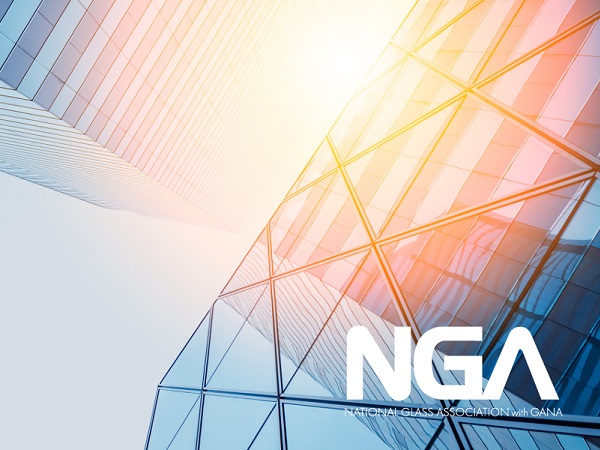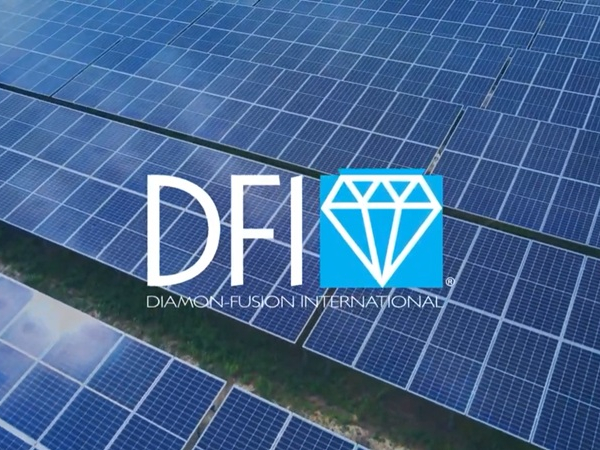Date: 15 December 2010
The industry is encouraged to give feedback on this new version by January 3.
Coordinated with the ICC family of codes, the ICC says the code goes beyond traditional code requirements for communities that are aggressively pursuing a sustainable goal. The ICC also describes the new code as "the first model green construction code, creating a new mandatory baseline regulation for jurisdictional adoption, addressing new and existing commercial buildings with a focus on increasing building performance." The IGCC applies to new and existing, traditional and high-performance commercial buildings. It includes ANSI/ASHRAE/USGBC/IES Standard 189.1 as a compliance option.
The glass industry weighed in with its views regarding the IGCC code back in July, and at that time many said that more revisions were needed, particularly in regard to Chapter 6, Energy Conservation, Efficiency and Atmospheric Quality. USGNN.com™ followed up with a few of those dissenters to see if the new version addressed some of the key areas.
Thomas Culp, Birch Point Consulting, represents the Aluminum Extruder Council and the Glass Association of North America, and Thomas Zaremba, Roetzel&Andress, represents AGC Flat Glass North America Inc. and Pilkington North America Inc. Both report that the first draft contained many flaws but were pleased that many were addressed in this new updated version.
"The first draft of the IGCC was very rough, and included a number of flaws that needed to be fixed. Fortunately, we were able to make a number of important corrections at the hearings this summer, and the second version is greatly improved," says Culp. "We were able to greatly expand requirements for both on-site and off-site solar photovoltaic systems, and remove the previous flawed prescriptive requirements. It also promotes both recycled content and recyclability, external shading, and long service life. We will still need to provide some further clarification to the prescriptive requirements, and restore the design option to also use ASHRAE 189.1, but I believe these are addressable issues."
Zaremba expands on this. pointing out, "In the first draft of the IGCC, section 606.1.1 had prescriptive envelope tables that raised some very serious technical issues as to how commercial glaziers would even comply along with some very extreme fenestration values that would have made cost effective compliance problematic, at best, in a number of climate zones.
"As a result, a number of glazing stakeholders suggested, simply, that the proposed tables be replaced with those found in ASHRAE 189.1. The committee that heard these comments rejected the tables as proposed in draft 1, leaving some work still to be done in the next draft as to how these prescriptive values will ultimately take shape," he adds.
Zaremba agrees with Culp saying he was also pleased that the committee adopted a number of changes that strengthen significantly the requirements for on-site renewables, including the use of photovoltaics.
According to the ICC, significant revisions in this version occurred in the area of energy conservation. References to Total Annual Net Energy Use in Version 1.0 were replaced with a Zero Energy Performance Index, requiring buildings to use no more than 51 percent of the energy allowable in the 2000 International Energy Conservation Code. In addition, the Public Hearings Committee, which conducted a review of the draft's comments, revisited the formula regarding jurisdictional project electives, now requiring jurisdictions to enforce at least one and up to 14 electives, instead of allowing a jurisdiction to opt out of enforcing any project electives by choosing zero. Additionally, the new version includes clarification of responsibilities from the registered design professional to the owner to prevent potential conflicts with state and local requirements.
The IGCC development process now moves to two hearings in 2011. Code change proposals for Version 2.0 are due to the Code Council by January 3. Those proposals will be heard at the Code Development Hearings in May, to be held in Dallas. More information on submitting proposals can be found on the ICC's website.
The actions at that hearing will form the basis for Final Action Hearings to be held in October 2011 in Phoenix. The final version of the IGCC will be issued in early 2012. Cooperating sponsors of the IGCC are the American Institute of Architects, ASTM International, the American Society of Heating, Refrigerating and Air-Conditioning Engineers, the U.S. Green Building Council and the Illuminating Engineering Society.












Add new comment